With These 10 Tricks You Can Get Better Product Photos For Your Startup

The online shopping trend is here to stay – and this raises the expectations and requirements for marketing teams. In the digital age, many prefer to shop conveniently from home, which poses new challenges for online sellers. In the visual content flood, good-looking product photos are one of the first prerequisites to even get recognition as a brand.
Whether you are professionally involved in photography or just starting out, these 10 product photography tips will help you create fascinating product photos with a limited budget and basic equipment.
The Viennese startup zerolens offers its users a virtual photo studio, which allows users to photograph products in artificially created three-dimensional environments. In this guest article, you will find tips on how to get particularly good product photos in order to put your own goods in the best light.
Product photography – what’s behind it and why is it so important?
Product photography is an area of photography where products are presented in an appealing way. The target audiences are mostly potential customers, who generally make their purchase decisions based on the look of your products.
Professional product photos are important because:
- Website visitors are always addressed first by visual content.
- The quality of photos reflects the brand image and creates a lasting first impression.
- Good pictures resonate with the target audience and keep them up to date.
Whether with a professional DSLR camera or with the smartphone: These tips should help to create better photos of your products.
Types of product photography
Depending on the product, the target group and on which the product photo will be placed to the medium, two types can be distinguished:
- product photos with white background

These show the product from all relevant angles mostly against a white or slightly greyish background. These are the classic photos used on Amazon and in most online stores to give a consistent picture of each product.
- Lifestyle product photos
Lifestyle shots are photos in which products are arranged in compositions and should look appealing. These types of product photos are especially suitable for social media, blogs, or advertising.
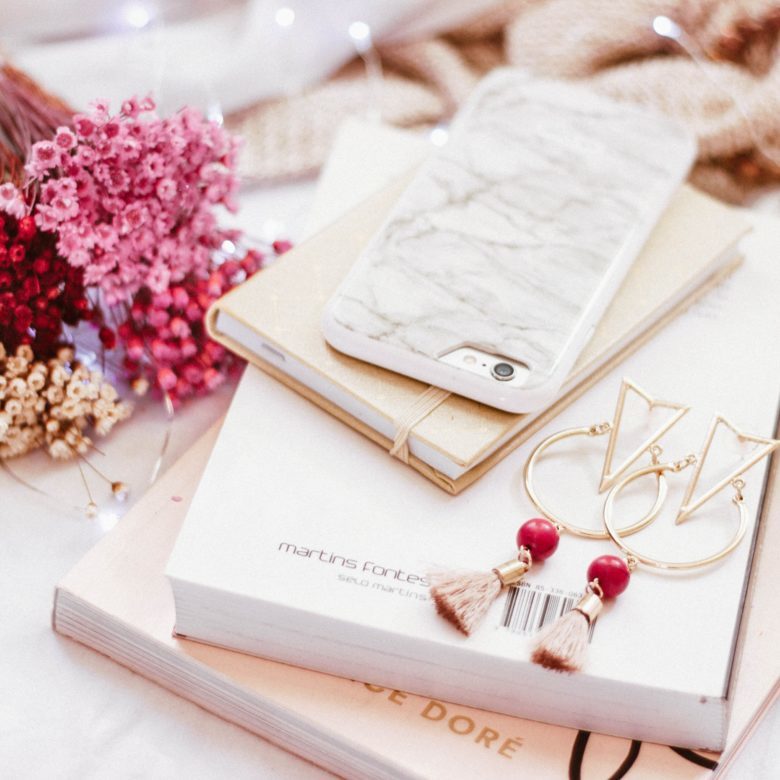
Both types have their advantages and are used to highlight the product for the respective applications optimally. But now we come to the 10 promised tips for product photography for companies. Enjoy.
Product photography tips for better photos
1. Create your own white background
This type of background is best for pure product images in online stores. To create photos in a seamless white background, a chair and white craft paper is the best solution. Simply clamp the craft paper on top of the chair and drop over the back and seat to create a smooth, seamless background for the product.
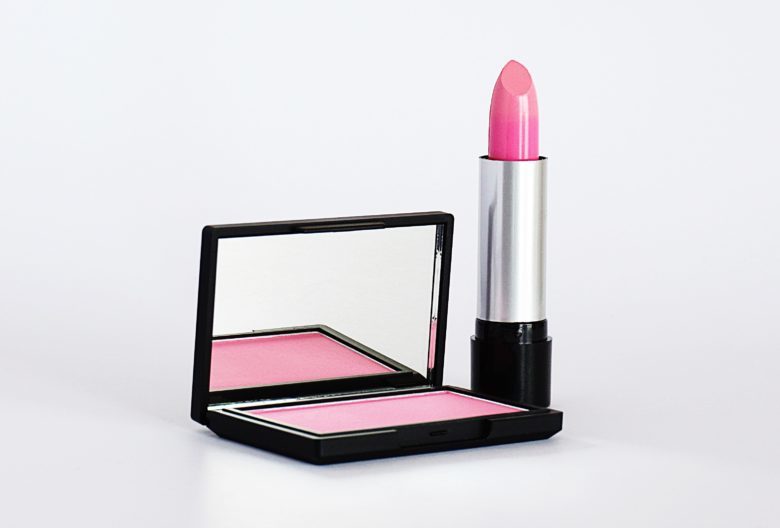
A white background is also the best way to ensure that viewers focus entirely on the product itself, as there are no other disturbing elements in the image. Especially platforms like Amazon or Ebay, value this approach.
2. Using the Bokeh effect for lifestyle photos
By using bokeh – a blur effect produced by a specific type of lens – the lifestyle feeling is captured without distracting the product. The lights in the background are “blurred” and thus the focus on the product is tightened. Which lenses are best for this and how you can best achieve this effect can be found here.

3. Better product lighting through foam panels
Basically, it is always very tempting for inexperienced photographers to use only natural light from windows for product exposure. Unfortunately, in the case of window light, however, usually one side is brightly lit, while the other side has a shadow and is too dark.
The use of white foam panels helps direct the light into the shadow area to brighten it up and create a smoother image.
Using a black foam panel can be useful to create deeper shadows, which helps with white products on a white background.
4. Position the light correctly
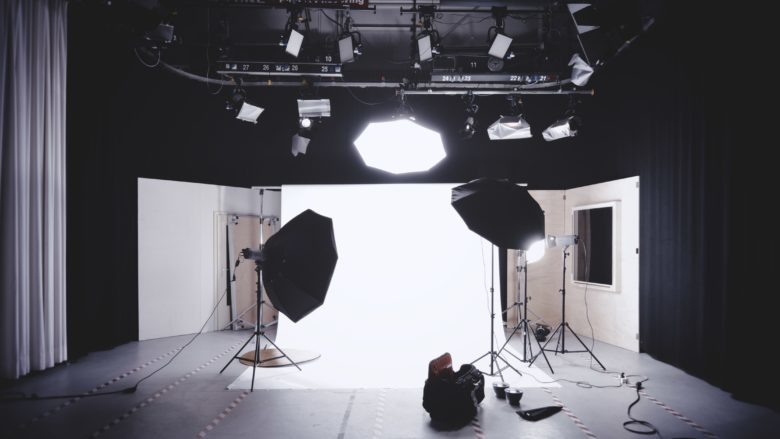
For best exposure, place two light sources on both sides of the product. Make sure they point to the background, not the product. This helps to separate the product from the wall. If you do not have professional lights available, take lamps you have and cover them with a white cloth to make the light softer and more indirect.
Direct a light in front of the product and a light above the product. This way, the object is illuminated correctly and at the same time the shadow is minimized. More about proper lighting and the different techniques can be found here.
5. Use virtual photo studios to create product photos
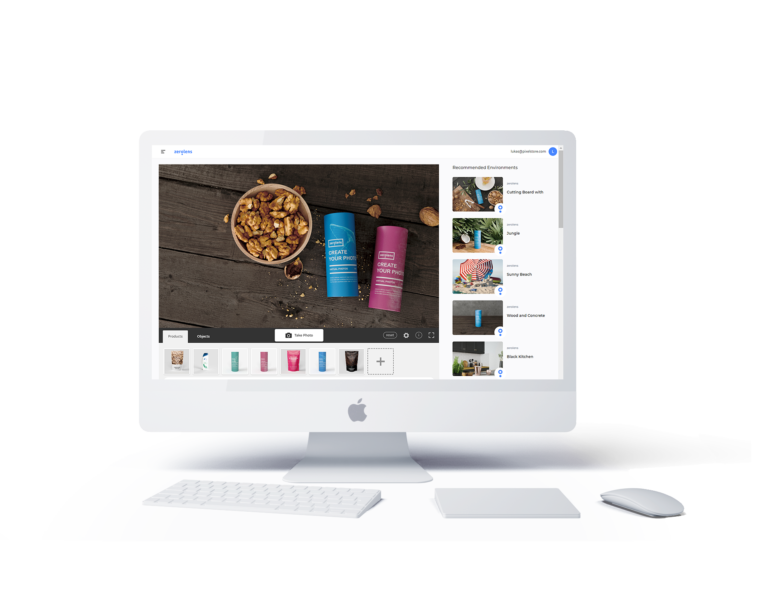
While photos can often be quite challenging and time-consuming to create with a smartphone or a DSLR, product photos can now also be created digitally. First, a 3D model of the product is created, which can then be photographed in a variety of virtual photo sets. Whether on a virtual beach in the Bahamas or in a Parisian cafe, with just a few clicks you can create amazing product photos.
Tools such as the virtual photo studio from zerolens, makes it easy to create lifestyle images for social media, but also the classic photos on a white background. It’s done in minutes and at a far cheaper price than traditional photographers’ rates.
6. Choose the right place

The size of the room, the number of windows in it and its shape are just some of the factors that change the way product photos are taken. One of the best ways to take pictures is in a room with large windows next to a wall. The closer the product is placed to the window, the softer its shadows are. As it moves farther, the shadows get sharper as the product is illuminated more evenly.
7. Use a Tripod
This is one of those product photography tips that seems almost unnecessary. However, most people are unaware that product photography focuses on the sharpness of the image. Cameras often take longer to focus on smaller details, and the stability of a tripod can make the focus much easier.
8. Stay consistent in a style
There is no right or wrong style. Any company that practices marketing and social media professionally needs a consistent style to deliver its products in the right context and accordingly to its target audience.
If all pictures have the same basic style, online shop or social media appearances will be given a much more cohesive appearance and significantly improve the customer experience.
9. Less is often more!
Avoid filling the picture with too many elements. The product should be conveyed to the viewers and your goal should be not to distract them from it. Whether through composition or lighting, make sure that the product is the center of attention.

10. Create Emotional Connections With Your Observers
Using, for example, nature scenes or animals such as cats (the heroes of the Internet), creates a natural atmosphere that social media visitors can identify with, most of all, makes them feel something. The stronger the connection to the product, the better the chances that the visuals will succeed on social media.
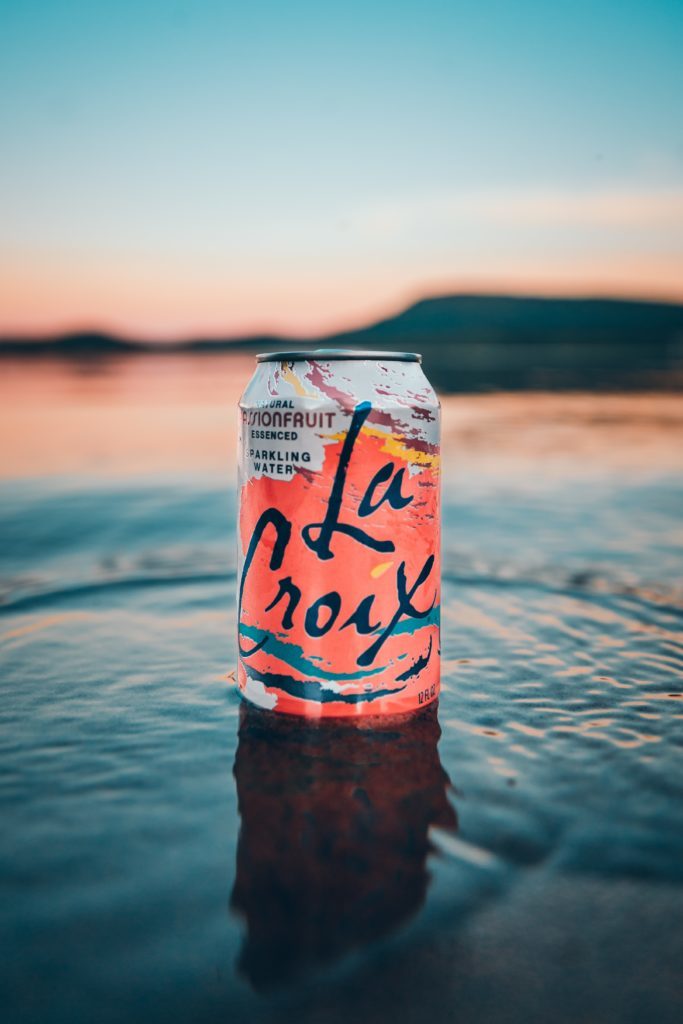
All Photo Rights Reserved: CC0 by Unsplash & Pexels
Also read:
+++Data-Driven Marketing: The Most Important Dos and Don’ts for Startups+++






























